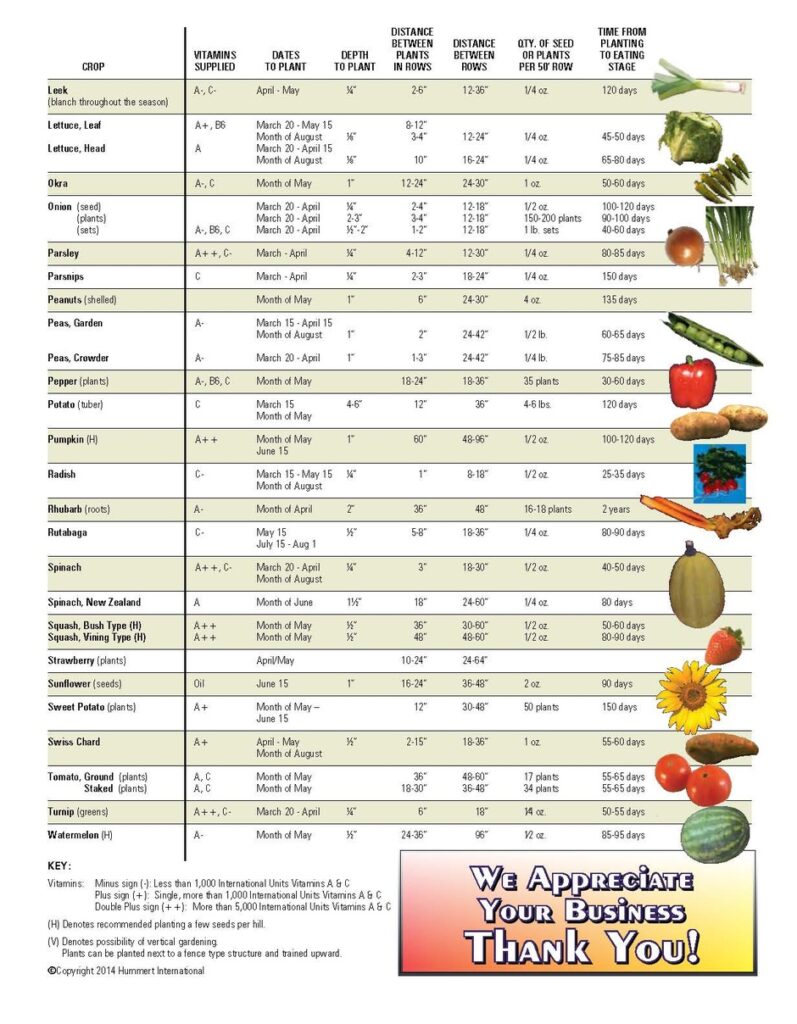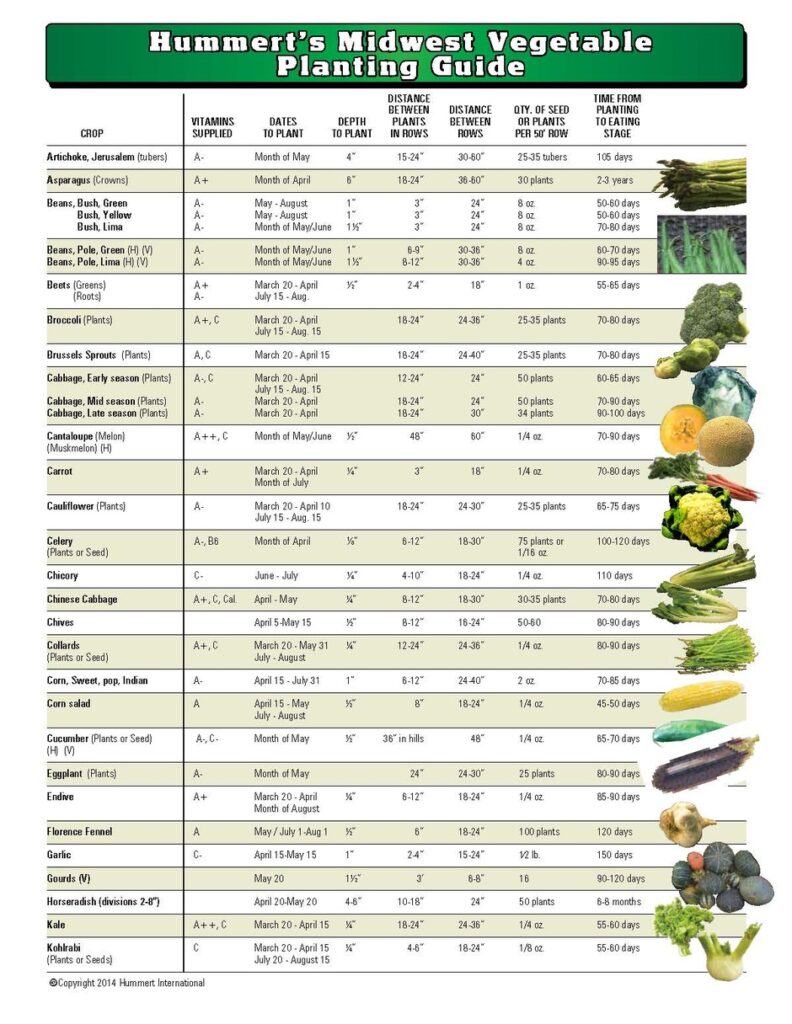- Keep slips moist until ready to plant.
- Make a mound of soil about twelve inches high and twelve inches wide. Plant the slips in the mound four inches deep and twelve inches apart.
- Keep a young plant moist by watering regularly, especially if you have fast draining sandy soil. Once they are established, sweet potatoes won’t require as much moisture.
- Weed carefully until plants are well established so you don’t disturb the delicate roots. Once the plant reaches the stage where the vines cover the ground, they will help shade out weeds, eliminating a lot of the maintenance.
- Remove the vines about a week prior to harvesting the potatoes. This will help the skin “set” as it is very thin and susceptible to bruising. Dig the potatoes up with a spading fork and store until ready to use.
Gardening Tips
How to Plant Sweet Potatoes
How to Plant Asparagus Roots
- Prepare the asparagus bed in the fall for planting the following spring. The bed usually works out best if it is made next to another garden or flower bed, but so that the asparagus grows alone. Select a sunny location with well-drained soil. Base the size of your bed on knowing that, eventually, each asparagus plant will produce up to 15 to 20 spears when mature.
- Clear the area of all weeds and till it so it is loose and well-aerated. Enrich the soil by working in compost or manure. Add additional compost monthly so that by the time spring arrives, the soil is fertile and rich.
- Purchase asparagus crowns (roots) in the spring after the threat of frost has passed. Find these at a nursery or garden store. Search for crown bundles that have 10 to 15 roots, and that look firm and fresh. Purchase these at a time when you are able to immediately plant them.
- Dig a trench that is 6 inches deep for the crowns. Plant the crowns in the trench, about 1 foot apart, and cover them with 2 inches of soil. Add an inch of soil to the trench every two weeks, as long as the plants are growing. If they are not growing, hold off on adding more soil until they do. Work toward filling the trench to level by the end of the first growing season.
- Water the plants every week as a general rule, but dig into the soil a little to check for moisture and adjust your watering schedule if needed. Asparagus thrives in moist but well-drained soil. Keep the bed free of weeds.
- Do not cut any of the asparagus shoots the first year. Instead, allow the plants to grow, then yellow and die. Use the dead foliage as additional compost. In year two, cut a few of the stalks that are at least as big around as your finger. Enjoy the real harvest in year three. Snap off the stalks as they reach about 6 inches in height. Don’t harvest every stalk to ensure a good crop the next year, and always leave the asparagus foliage to stand all summer and fall.
How to Plant and Grow Rhubarb
- Know your climate. Rhubarb prefers moderate temperatures, requiring temperatures below 40-degrees F in order to break dormancy and begin new growth. It wilts quickly in temperatures over 75-degrees F. Rhubarbs grow well in the northern United States and Canada but the high temperatures of the southern United States make growing rhubarbs difficult.
- Know your soil. Rhubarbs are generally tolerant of most soils but perform best on well-drained soils that are high in organic matter. Making sure the planting site is clean is vital when planting rhubarb because no herbicides are registered for use on rhubarb. Any weed killer is likely to damage the rhubarb. In order to prevent weed growth, the area should be cleared of weeds the year before planting. Fortunately, rhubarb is usually free of insect and disease problems.
- Plant rhubarb roots in early spring. Don’t even bother with seeds because it takes too long to cultivate them. Instead, purchase roots. You need to space rhubarb roots 24 to 48 inches apart and allow for three- to four-inches between rows for the best growth.
- Prepare for winter. Cut the remaining few stalks after the first winter frost and add them in the compost pile. Spread out a layer of compost, leaves or hay to prevent the winter from drying out your roots.
- Make a rhubarb food. Combine 1-cup of tea, 1-tbsp Epsom salts, vegetable scraps, and 1-quart of water. The vegetable scraps can be any sort but can contain any meat or fats. Mash all the ingredients together until they are of a slushy consistency. Pour the mush over the rhubarbs. Feed rhubarbs once in the spring and then once more in the fall.


